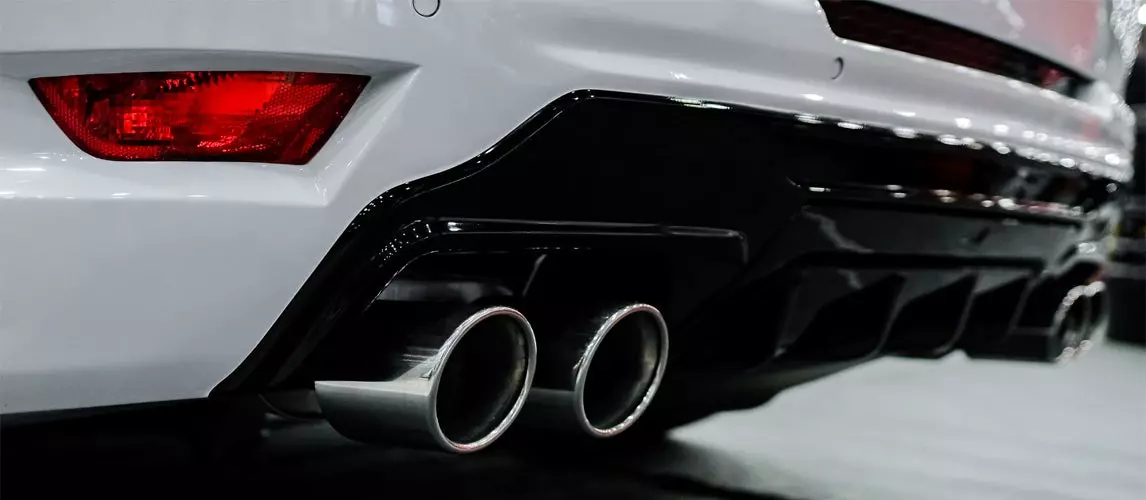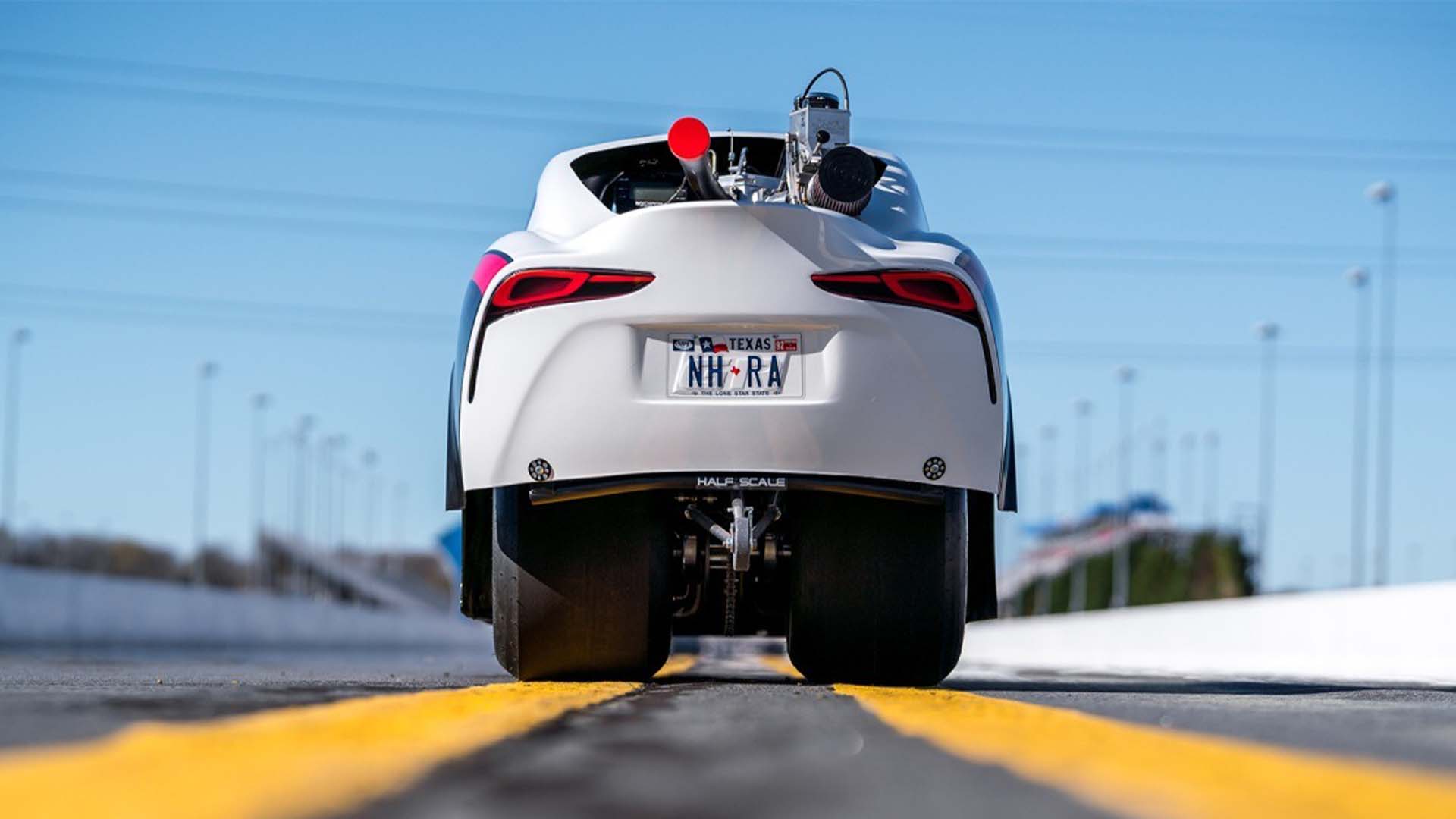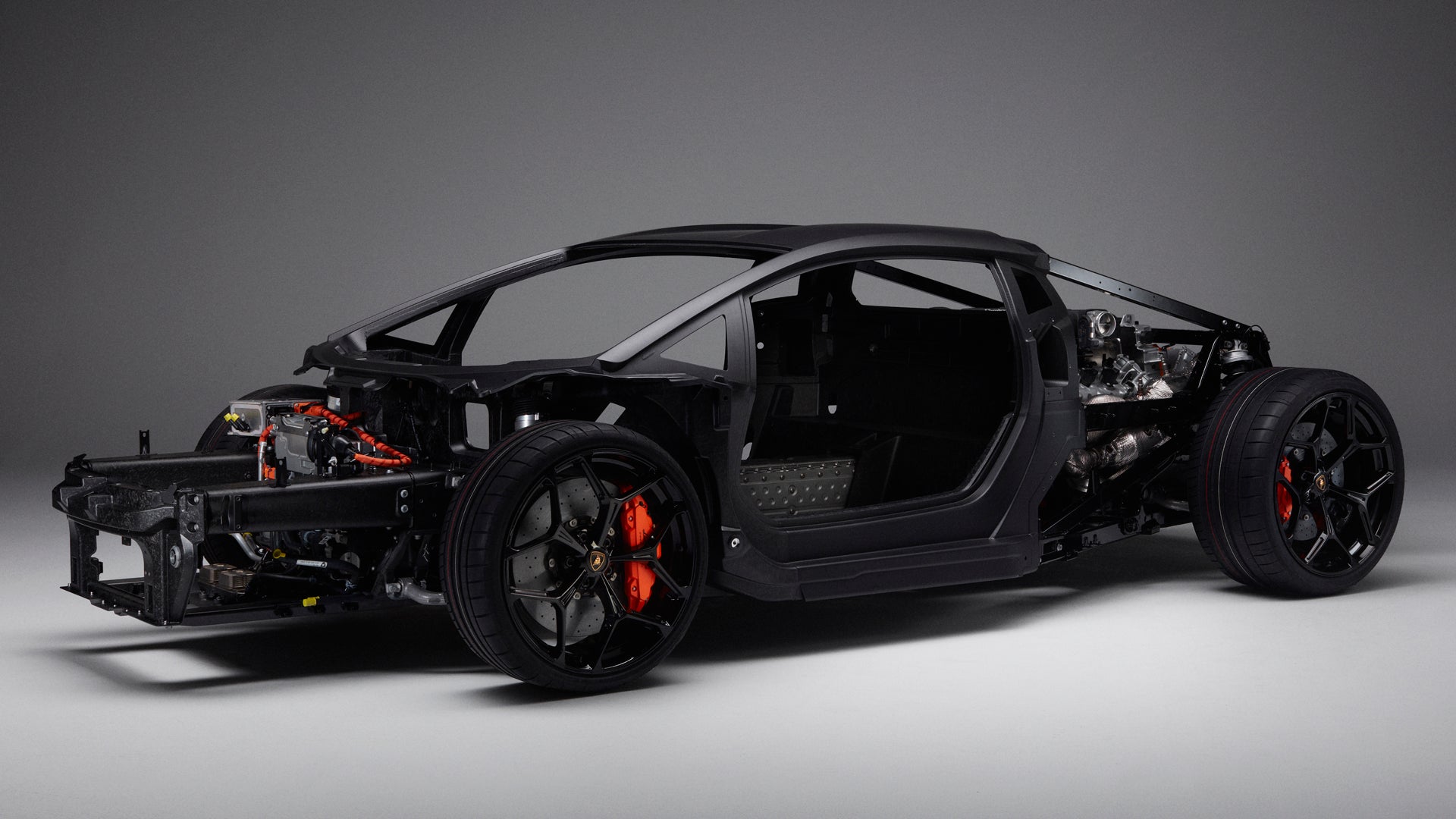Everyone should have seen smoke coming out of cars from the tail or exhaust pipe. But have you ever wondered what is the color of this smoke and what it means?
Generally speaking, your tailpipe is the emissions outlet for your car, so vapors and smoke will exit to the atmosphere through this pipe. Most emissions are routine and harmless, and as a car owner, there is nothing for you to worry about. But there are some types of emissions that signify that something is wrong with your car, and you should look into it at the earliest.
One such alarm sign is white smoke from the exhaust pipe. The good news is, not all white smoke signals problems in your car, as some can be due to normal condensation too.
A rule of thumb though is the thicker the white smoke, the greater is your problem. If it is a thin vapor, you can feel relieved, as it is not a serious issue at all.
Causes of White Smoke
White smoke from a car is fairly common and could happen due to a host of reasons ranging from benign to issues that need to be addressed right away.
So, let’s look at the different causes.
White Smoke from Exhaust on Startup
On cold winter days, it is common to see white smoke from exhaust pipe as soon as you start the car. This is nothing but steam caused due to condensation. As the engine warms up after a few minutes, this white smoke will not be reduced because condensation is dissipated. It should reduce or even disappear after the car becomes reasonably warm.
But, if the white smoke from tailpipe persists even after a few minutes, then it is not because of cold or condensation and signals a deeper problem.
Internal Coolant Leaks
Another possible cause of white smoke from the car is a leak in the internal coolant. The good news is, white smoke alone is not an indicator of this problem. Along with the white smoke, you will be able to smell a sweet odor. Sometimes, you can also see that the coolant reservoir level is low. If you see one or both the indicators, it surely means that there is a leak in the internal coolant.
This problem should be fixed right away because this leak can quickly contaminate the engine oil, and give it a milky appearance. The white smoke will happen even when small amounts of coolant liquid enter the combustion chamber.
Cracked Cylinder Head
A major reason for white smoke from the engine is cracked cylinder head, a cracked engine block, or even a failure of the head gasket. All these three problems occur due to overheating of the car.
Typically, what happens is a cracked cylinder head causes the coolant to enter into one or more cylinders, or sometimes even into the combustion chamber. In turn, this causes white smoke. A cylinder head gets cracked due to engine overheating that could occur because of dirty coolant, low coolant levels, poorly maintained the cooling system and a non-functional cooling fan.
Sometimes, wear and tear of the engine can cause the head gaskets to lose their ability to seal properly, and this could also cause coolant leak into the engine chamber.
Broken Fuel Pumping Injection
If you have a diesel car, then diesel white smoke indicates that the fuel pumping injection timing has stopped working.
This pump is responsible for pumping diesel into the cylinders of a diesel engine. The timing is the key aspect here, as the fuel is injected only slightly before the top dead center of that cylinder’s compression stroke. This not only ensures high fuel efficiency but also prevents an overrun of diesel.
When this timing falters, it means there is a mismatch in fuel injection, and in turn, this can lead to a thick white smoke coming from the exhaust.
Checking the engine or changing it on your own is definitely not recommended because it requires in-depth knowledge and skills. One wrong step can prove to be disastrous for you and the car. So, it is best you take it to a mechanic to get it fixed.
Problems From Other Parts
The above-mentioned parts are responsible for white smoke emanating from your tailpipe, for the majority of the time. But besides these parts, the malfunctioning of a few others can also lead to problems
Many times, it can be an expensive and complicated issue that is caused by a combination of parts that are not functioning or causing problems. Some of these could include a clogged engine, damages to fuel filter and others.
Now that we know the reasons, let us see what we have to do to fix this problem.
It is highly recommended that you fix the problems before they become too big. When there are faulty parts, you have to address them right away, even if the repair process is expensive. Sometimes, you may have to replace the entire part too, and again, this could prove to be a big drain on your money. But still, it is important that you fix them at the earliest because the longer you leave the problem as it is, it will become more severe. You may even have to end up abandoning your car if these problems are not addressed as soon as you identify them.
Possible Solutions
Here are some possible solutions to fix your white smoke problem. A word of caution here. If you are not familiar with car parts or if you can’t identify the cause, it is best you take your car to a qualified auto repair shop, so they can repair it for you. A wrong fix will not only exacerbate the existing problem, but it will also lead to more problems in the future, that in turn could entail more costs and time to repair.
Check the coolant levels
If you are reasonably familiar with car parts, you can figure out the cause of car smoke before taking it to the auto repair shop to fix the problem.
If it is caused by cracked cylinder head or low coolant levels, you can simply open the engine hood to identify it. But make sure you never remove the radiator cap or the coolant reservoir cap when the engine is hot, as it leads to serious injury for you. Instead, wait for the engine to cool down completely before you open the engine hood.
Then, open the coolant reservoir to see if low levels of coolant are the cause for white exhaust smoke. You can take a look into the coolant chamber or alternately, you can put a stick into the reservoir. When you take out the stick, look at where the stick is wet and that’s the amount of coolant that is left in your car. This is a good way to identify the level of coolant in your car if you’re unable to look into it directly.
If the coolant levels are adequate enough, move on to other areas. Check cylinder heads, see if the head gasket closes properly and take a look at the engine block too. If you can, do a cooling system pressure check to try to identify coolant leaks.
Check the Intake Gasket
If the coolant is at adequate levels, it is time to move on to the next item, which is the intake gasket.
When you open the hood of your car, you’ll see that there is a gasket that seals the manifold to the head. This is the part that takes care of distributing the combustion mixture, and if this gets broken, then the coolant will enter the combustion chamber, that in turn will lead to white smoke while driving.
If the intake gasket is fine and there are no damages to it, next look at the head gasket. This is the part that seals the cylinder head to ensure that the coolant does not get into the cylinder. Needless to say, if this part is damaged, it can also cause the coolant to enter the combustion chamber.
When you have checked both the parts, and they seem to be fine, it is time to move on to the cylinder head. This is a car part that’s made of aluminum. The downside is this part can break when the car is overheated. When there is a crack or worse, if the head gasket breaks altogether, you will have to change it completely. Though this is an expensive repair, it is nevertheless important because this is the part that connects to the engine block and head gasket.
Thus, these are some of the possible solutions to fix your car smoking problem. As said before, it is a good idea to take it to a mechanic as they are experts in this field and will know what to do. Also, with their experience, they will be able to identify and fix the problem quickly. But, if you decide to fix the problem yourself, the above-mentioned sequence will help, though it is recommended you do this fix by yourself because it is complicated and can affect the other car parts, and maybe even the overall functioning of the car as well.
White Smoke From Exhaust FAQs:
Though the above problems and solutions are generic, there may still be a few issues that are not covered above. We aim to give you more information about this white smoke from exhaust pipe in this section.
Q: Do smokes come in other colors too?
A: Yes. Besides white smoke, you can have black smoke, blue smoke, and gray smoke. Each of these colors indicates a different kind of problem.
Black smoke indicates that gasoline has flooded the combustion chamber instead of the coolant that causes white smoke. Besides gasoline, this smoke can also be caused due to burnet engines, clogged fuel filters and problems in your fuel injectors, fuel sensors, fuel pressure regulator and anything else related to injecting fuel into the combustion chamber.
Blue smoke is caused by burning oil or a leak in the combustion chamber while gray smoke is caused by a bad turbocharger, problems in transmission fluids, faulty transmission vacuum modulator and so much more.
So, each color smoke indicates a different problem, and as a car owner, it is important to understand this difference.
Q: What is the reason for white smoke from the exhaust while accelerating?
A: When you see a white smoke from the exhaust while accelerating, it could mean that the problem is either with the transmission fluid or a burning coolant.
If the problem is with transmission fluid, it means that the engine is taking fuel through a hosepipe, and this is what leads to white smoke coming out of the tailpipe when you press on the pedal. One way to identify this problem is you will get a burned oil smell every time you accelerate.
As mentioned before, you will get a sweet smell if the problem is because of your coolant.
Q: Can I get white smoke when the car is idle?
A: Yes, it is possible to get white smoke when your car is idle and it is because your combustion chamber engine will have fuel inside it. This is a problem that’s fairly easy to identify, but at the same time, it is something that has to be fixed right away because the longer the fuel stays in the combustion chamber, there is a greater possibility for an explosion.
To conclude, white smoke from the exhaust is caused by a host of different issues ranging from low coolant levels to fuel in the combustion chamber. Depending on the cause of the problem, you should take appropriate measures to fix it.
Not all white smoke is a problem though. If you only see a thin white smoke coming from the exhaust pipe and if it subsides after some time, there is nothing to worry as it is just condensation on a cold day. But if the smoke is thick and happens often, it is time to take your car to a reputed auto repair shop.
Sources:
- How to Identify Car Exhaust Issues – Your Mechanic
- What Are Common Exhaust System Problems? – cars.com









